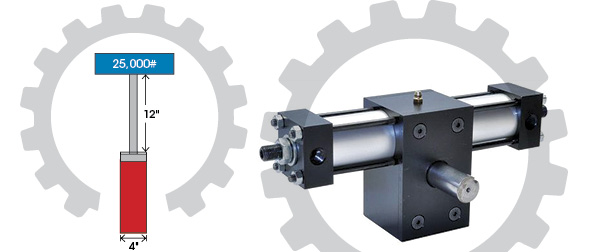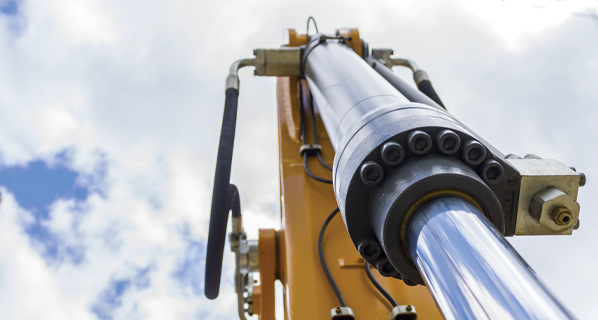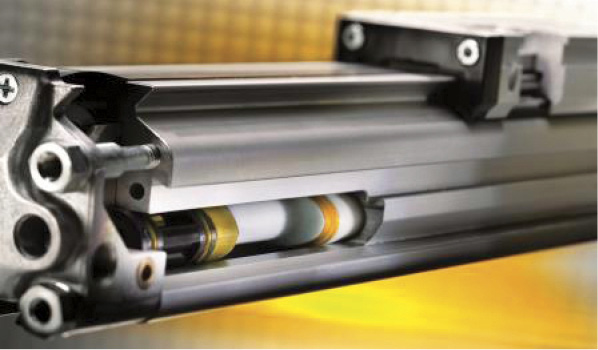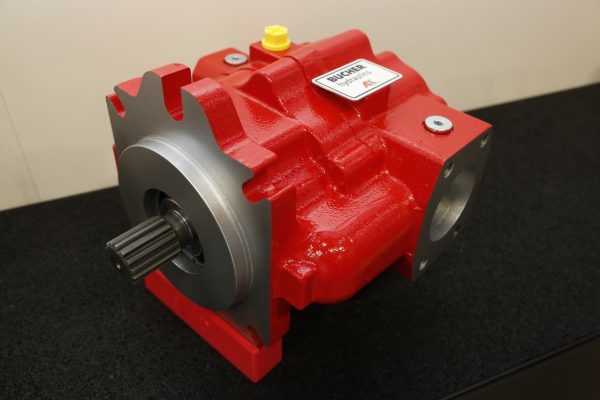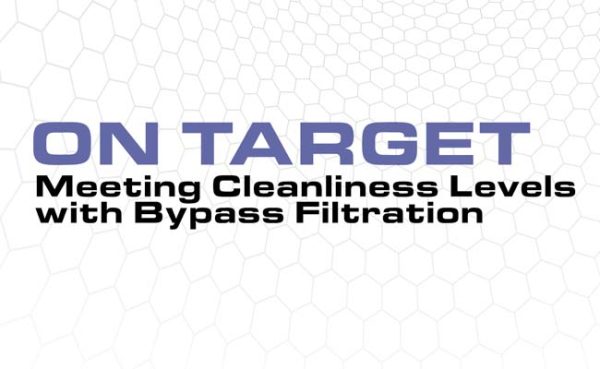Tips for Efficient Compressed Air Filtering
By Ron Marshall for the Compressed Air Challenge

The air filters on your system are important to the quality of your compressed air. Failure to maintain these items can allow contaminants to pollute downstream components and may even get on your final product, causing defects. Poorly maintained filters can also cause undesirable pressure differentials that can lead to compressed air-powered machine malfunction and air compressors consuming more power, wasting your profits on unnecessary electrical costs. This article discusses some filter-related tips that can help your system become more efficient.
Your air compressor sucks air from its surroundings in the compressor room and passes it into its compression element, where the volume is compressed to about 1/8th its original size. The dust, gas, and water vapor that is allowed to pass through the compressor inlet filter (anything under about 5 microns in size) are condensed with this volume reduction, and often come out of suspension from the compressed air because the capacity of the air to absorb contaminants is diminished at higher pressure. This is where the compressed air dryer and the associated filters do their work in the compressor room. Additional filters are usually placed on sensitive machines and tools to remove the pipe scale that is picked up as the air travels through the air lines, and to filter any remaining compressor lubricant, free water, and small particles.
As a filter ages, it becomes filled with whatever it is supposed to remove from the system. As it does, its pressure differential increases, causing lower downstream pressure. If two or more filters are in series, the combined pressure differential can add up to 10 psi or more, causing the compressor discharge pressure to be raised to compensate. In compressed air systems, a rule of thumb is for every 2-psi increase in discharge pressure, the compressor consumes about 1% more energy for the same volume of compressed air. It is not unheard of to have an excessive pressure differential across some filters placed at a small pressure-sensitive end use, causing an increase in system pressure that affects the complete system. This means a clogged $10 filter can cause thousands of dollars of extra costs if it is the reason the overall system pressure has to be jacked up.
Maintain your filters on a regular basis (annually); main and end-use filters are often ignored or forgotten, causing pressure problems.
Pressure-differential gauges are important to determine if there needs to be a filter change. Ensure your filters have some sort of pressure indicator, but realize that these gauges are calibrated at full flow. A filter that is passing only half its flow will have much lower than rated pressure differential. It may still need changing, but the gauge will not indicate this.
Review your air-quality requirements. There is nothing worse than spending money maintaining filters and feeding higher pressure to a bunch of filters that don’t need to be there in the first place. Systems are very often over-filtered.
Ensure your filters are the correct size. Often standard sizes are used to reduce inventory costs, but some high flow-consuming tools will be too large for the installed filters. The resulting excessive pressure drop causes system pressures to rise.
If your filters are coalescing or water-separating type, ensure that the internal drains are working properly and that they are not leaking.
Consider upsizing filters for reduced pressure loss. The pressure loss across filters and other components varies with the square of the flow change, therefore a double-sized filter will have 75% less pressure differential. Consult the manufacturer if you are doing this with coalescing filters to ensure you don’t grossly oversize and
allow lubricant to pass through.
Choose efficient filters that are designed for lower pressure loss
and longer life, such as mist eliminator-style units.
Replace any filter than is causing higher operating costs than it costs to maintain. A 10-psi pressure differential across a filter will cost about $37 per compressor hp at 10 cents per kWh if the system is operating full time (8,760 hours). This works to about $0.04 per hour per hp. This means a 100-hp compressor could consume about $3,700 more in electricity costs per year to supply such extra pressure. If maintenance of filtering costs $1,000, then it would be well worth changing the filters for a quick less-than-a-year payback in reduced energy costs.


